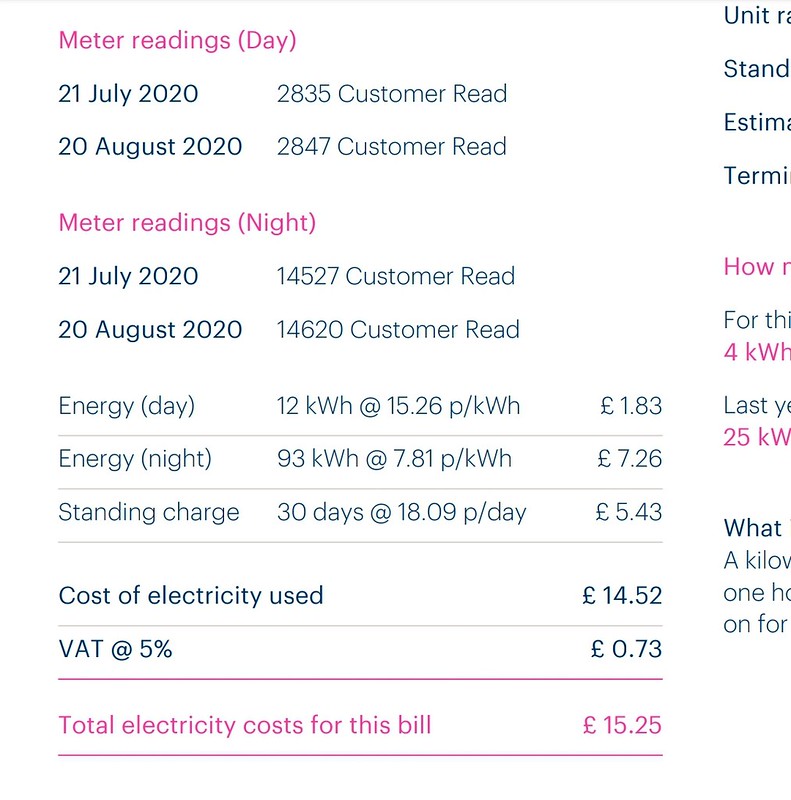MrBadger
Badger out
Apologies, I had started writing this this morning, but decided that before posting I needed to double check some facts with a contact of mine at National Grid who works on the balancing system. As it will probably take a few weeks, and a few beers/coffees, and for me to ask questions that he can answer, I deleted most of the post.
Alas, I asked the question, but the opportunity to get the answers over a few beers never materialised and is unlikely to for a very long time
But the video below is not a bad one, but unfortunately does not answer the question of, when I flick a switch to charge my car/topup my battery, where does that power come from? It partially covers it when price plunging ("0 carbon"), but thats a rarity and tbh, I'm more interested in the winter or average figures. One comment to note, that of getting carbon below 50g CO2/kWh for the first time.



